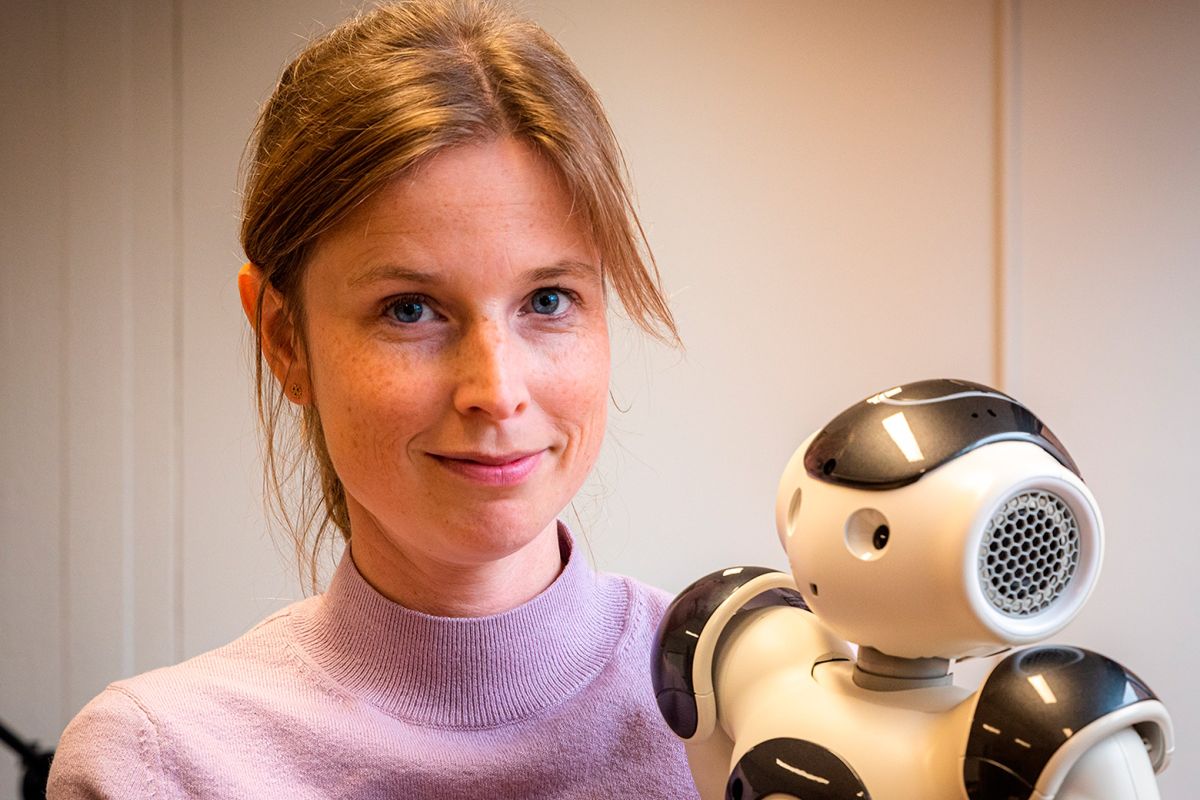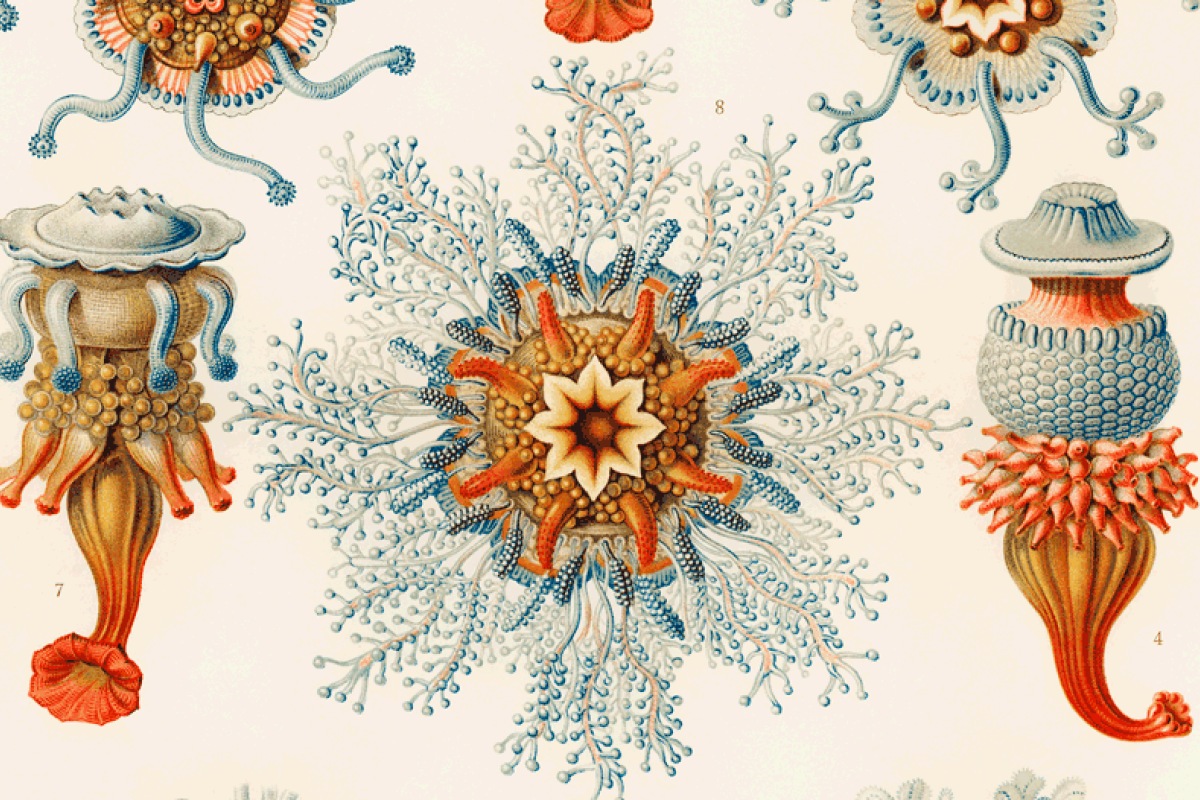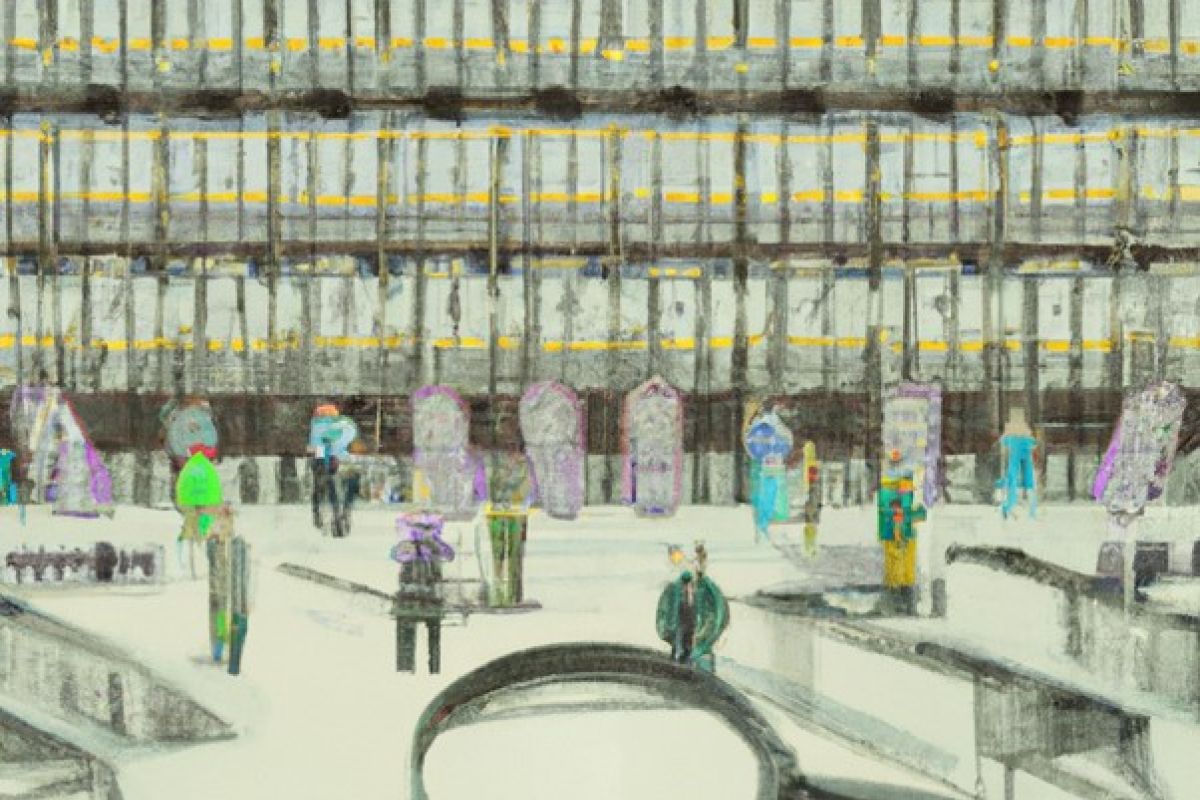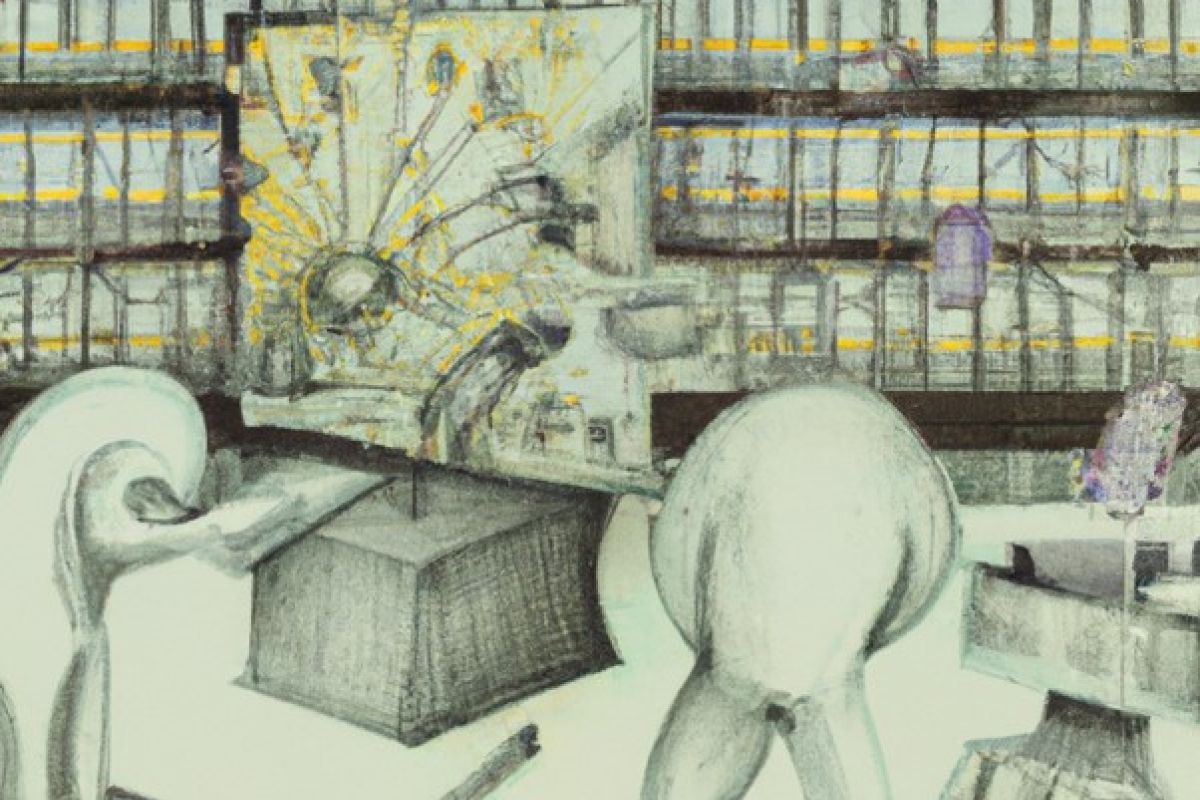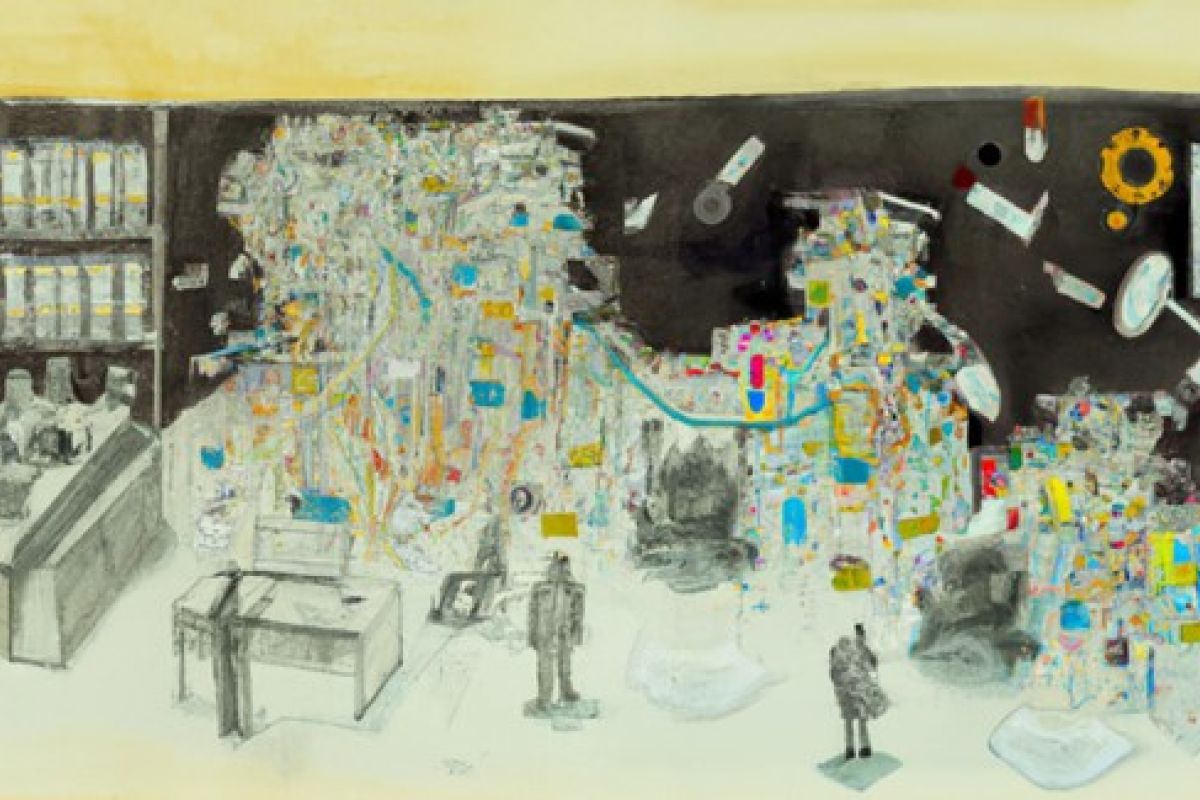Uncommon Ground
- Excerpt2: Robert Porzel from University of Bremen, reflects on disagreement between users and AI in their respective beliefs and knowledge.
- autore: Robert Porzel, University of Bremen
- tag: yellow
Robert Porzel, University of Bremen.
One major motivation of explainable artificial intelligence (XAI) is the desire to make the predictions of black-box machine learning...

